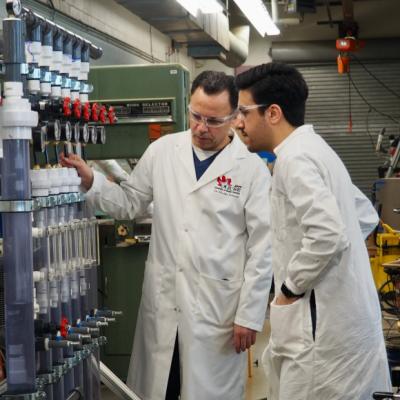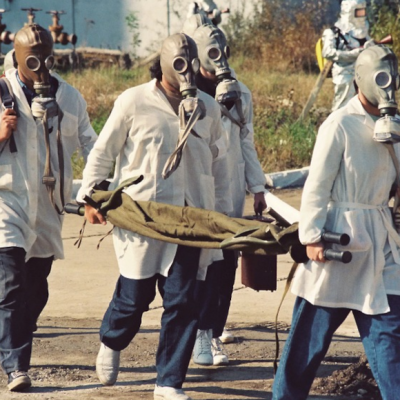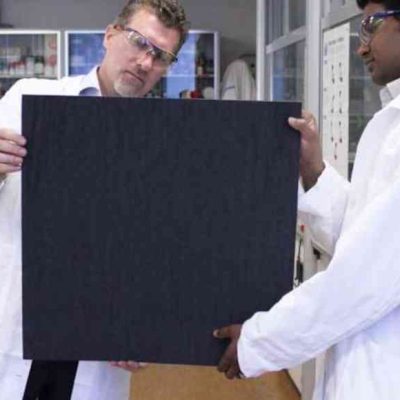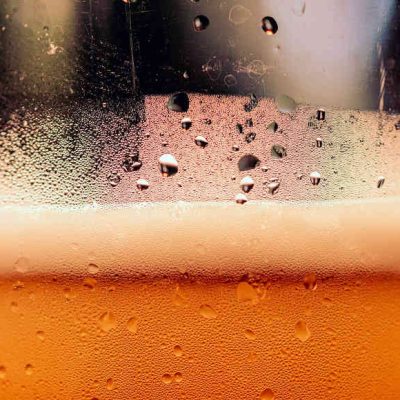A revolutionary filter membrane made from whey and activated carbon has been developed by scientists at the Swiss Federal Institute of Technology in Zurich (ETH Zurich). The membrane has been found to filter out 99.8% of radionuclides from water, including those found in radioactive wastewater from hospitals and Fukushima. The membrane was first introduced in 2017 and has since been used to filter out heavy metals and pollutants such as arsenic from water. Due to high demand, the team has established a spin-off company called BluAct Technologies, which produces filters for water treatment.
A recent study published in Environmental Science: Water Research & Technology has shown that the membrane can also remove radioactive elements from water. In laboratory tests, the membrane was able to remove 99.8% of radionuclides Technetium-99m, Iod-123, and Gallium-68 in just one filtration step. The membrane was then tested with real wastewater samples from a hospital containing radioactive Iod-131 and Lutetium-177, which were also almost completely removed. Radionuclides are commonly used as contrast agents in medical imaging and cancer treatment, and the wastewater must be stored in special containers until the radioactivity decreases and disposal through the sewer system is safe.
According to Professor Raffaele Mezzenga, the membrane could significantly reduce waste volume and compact and dry the radioactive elements for storage. Co-author Sreenath Bolisetty plans to launch a comprehensive pilot project through Bluact Technologies soon. The membrane could also potentially be used to filter radioactive water in Fukushima, where the current reverse osmosis method only cleans about 70% of the radioactive water, leaving the remaining 30% to emit radiation for thousands of years. A follow-up study will determine if the membrane can be used in Fukushima.










